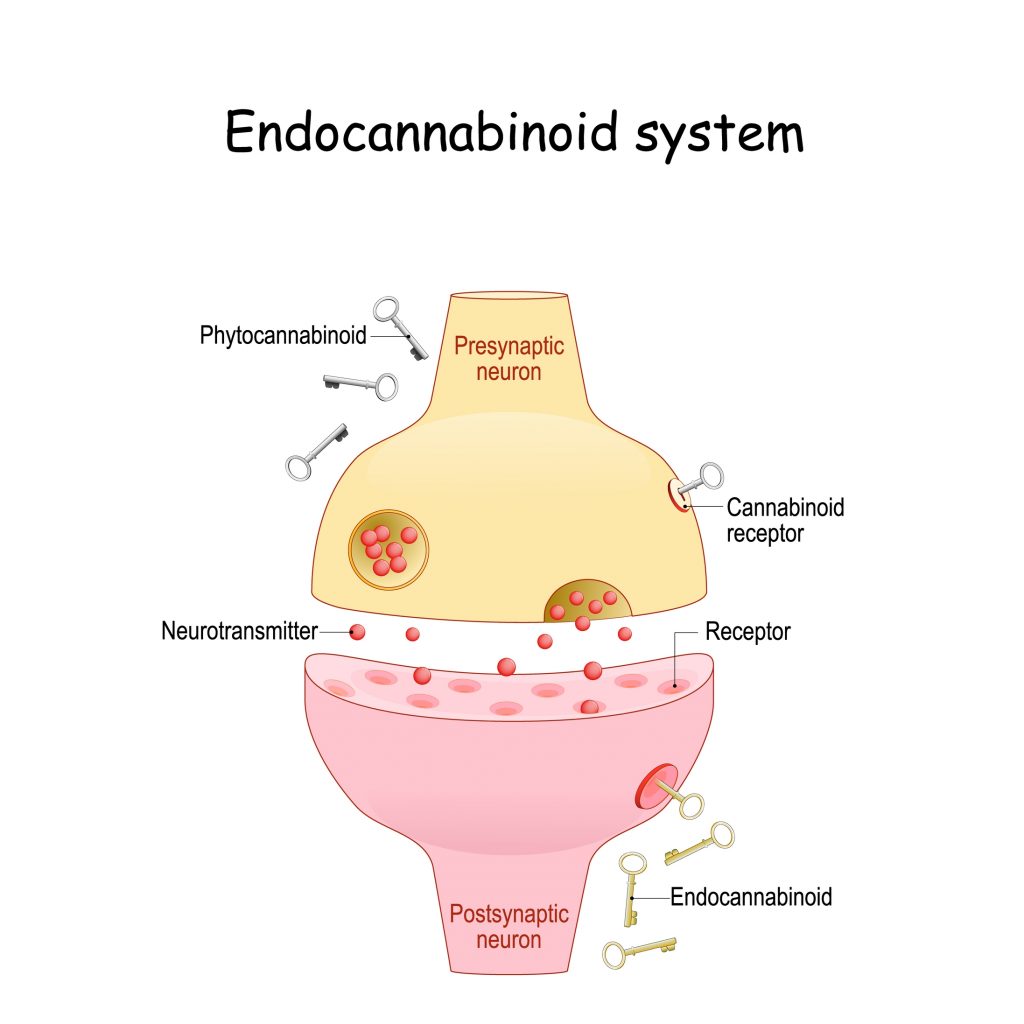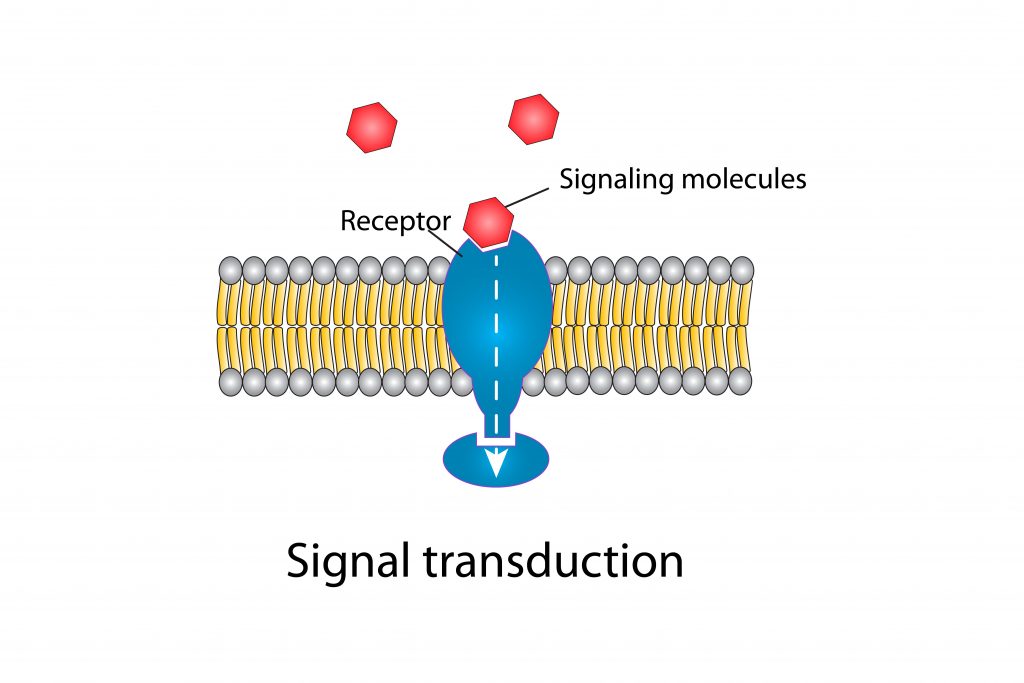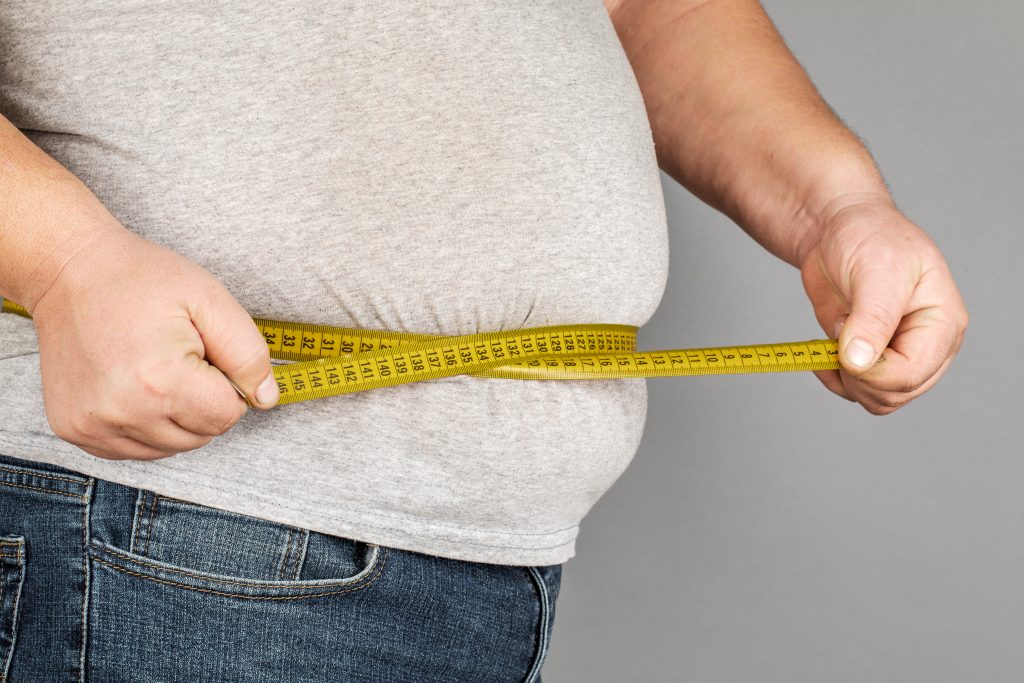We all know working out is good, even if we don’t like doing it. Now, new research sheds light on just how strength training effects the endocannabinoid system, and how this in turn can help reduce pain and inflammation. And it brings several implications with it.
Let’s be honest, exercise is good and we should all be doing it. If 15 minutes of daily strength training can activate the endocannabinoid system, and lower inflammation and pain, this could be a great answer for many people. For those who want to stimulate their endocannabinoid system in other ways, there are tons of cannabis compound out there to help. Remember to subscribe to The THC Weekly Newsletter for deals on legal cannabis products, as well as all the latest news and industry stories. Also save big on Delta 8, Delta 9 THC, Delta-10 THC, THCO, THCV, THCP & HHC products by checking out our “Best-of” lists!
What’s the news?
In a recent study through the University of Nottingham, in England (The anti-inflammatory effect of bacterial short chain fatty acids is partially mediated by endocannabinoids), it was found that short daily strength training periods of approximately 15 minutes, are enough to reduce the pain of people suffering from arthritis, as well as lower inflammation, while increasing endocannabinoid levels in the endocannabinoid system.
The overall purpose of the study was to “explore the functional interactions between the endocannabinoid system and the gut microbiome in modulating inflammatory markers”. To do this, 78 participants were used in the study, all with arthritis. The group was split into two, with 38 participants engaging in 15 minutes of muscle strengthening exercises, on a daily basis for six weeks. The remaining 40 participants did no strength training exercise in that time period. After six weeks, the groups were compared.
It was found that the group which engaged in strength training exercise had a reduction in pain, lower levels of cytokines which cause inflammation, and higher levels of endocannabinoids in the endocannabinoid system. It was also found that this exercising group had a higher level of gut microbes which are known to produce anti-inflammatory compounds.

These microbes are also linked to the higher levels of endocannabinoids (2-arachidonoylglycerol [2-AG] and anandamide [AEA]), in that the gut microbes produced – SCFAs, seem to be related to endocannabinoid levels. The scientists measured that about 1/3 of the anti-inflammation changes in the gut, were due to increases in endocannabinoids.
According to the researchers, “Our data show that the anti-inflammatory effects of SCFAs are partly mediated by the EC system suggesting that there may be other pathways involved in the modulation of the immune system via the gut microbiome.” They went on to say: “Our study clearly shows that exercise increases the body’s own cannabis-type substances. Which can have a positive impact on many conditions.”
What is the endocannabinoid system?
Basically, the endocannabinoid system is a system within the body made up of endocannabinoids, which are lipid-based neurotransmitters that bind to receptors to produce a response, as well as the receptor proteins they bind to, which can be found all throughout both the central and peripheral nervous systems. This system is incredibly important for CNS function, as well as aiding in synaptic plasticity (changes in synaptic behavior), and in how our bodies respond to relevant stimuli from within the body or outside.
Though the endocannabinoid system is still under much investigation, with many question marks attached, research has pointed to it being related to cognitive function, along with physiological processes like fertility and pregnancy, and natal and early growth and development.
Research also shows it likely playing a part in immune function, mood regulation, emotion, motivation, learning and memory, appetite, pain sensitivity and modulation, addiction behaviors, motor coordination and control, and of course, for providing us the psychoactive effects of cannabis cannabinoids like delta-9 THC.
The endocannabinoid system has several receptors of interest when it comes to cannabis, like CB1, CB2, and the more newly discovered GPR55, sometimes referred to as CB3. CB1 and CB2 receptors can be found in the brain, nervous system, immune system, and gastrointestinal system. CB1 receptors are known for regulating neural transmissions and peripheral aspects, while CB2 receptors are more known for the regulation of immune and inflammatory pathways.
GPR55 is less well understood, but is expected to be responsible for how many different cannabinoids effect the body, with receptor action being identified in the nervous system, in the frontal cortex, cerebellum, striatum, hypothalamus, and brain stem of the brain, in dorsal root ganglia neurons, in the spleen, tonsils, adrenals, bones, endothelial cells, intestines, lungs, kidneys, and fat tissue. It is thought GPR55 is involved in the experience of neuropathic pain, and inflammation.

What other implications does the study have?
The first thing to remember is that the Nottingham University study was conducted on arthritics. This means that the results shown, a reduction in inflammation and pain, are not related to a healthy person, but one who has a specific disorder which increase both inflammation, and the experience of pain. The study showed that strength training exercise was able to decrease the inflammation and pain in people with arthritis, at least partially by way of activation of the endocannabinoid system.
This implies that a healthy person who undergoes the same exercise regimen should also be able to reduce inflammation, and that such exercise could therefore help regulate standard inflammation issues not related to a specific illness.
Healthy people also suffer inflammation from injuries, from stress, and from other environment factors, so understanding what exercise can do for those with a specific issue, also sheds light on what can be expected for those who only deal with standard problems.
It also implies the ability to help with other medical issues that involve pain and inflammation, like asthma and allergies, autoimmune disorders, IBS, coeliac disease, and hepatitis. Does it mean exercising 15 minutes a day will cure these things? Or even arthritis? No, but it does show a possible ability to help. And for people suffering ailments specifically related to bad lifestyles and faulty health, simply adding in such an exercise regimen might actually be capable of completely reversing some problems.
Can the endocannabinoid system be overly-activated?
The answer to this seems to be yes, based on previous research. While the topic hasn’t been 100% flushed out, there is good indication that those with obesity have an overactivated endocannabinoid system and elevated endocannabinoid levels.
In fact, in the study Overactivation of the endocannabinoid system alters the antilipolytic action of insulin in mouse adipose tissue, researchers specifically looked into whether “obesity-related metabolic dysregulation is associated with overactivation of the endocannabinoid system (ECS), which involves cannabinoid receptor 1 (CB1R), in peripheral tissues, including adipose tissue (AT).” Adipose tissue is fat tissue.

The researchers found a link between obesity and the endocannabinoid system over-functioning, drawing the conclusion that their “study indicates the existence of a functional interaction between CB1R and lipolysis regulation in AT. Further investigation is needed to test if the elevation of ECS tone encountered in obesity is associated with excess fat mobilization contributing to ectopic fat deposition and related metabolic disorders.”
This is a good time to remind that too much of anything tends to be bad, even good things. For example, fruit is good for you, but eating too much means the overconsumption of sugar. Or, eating carrots is good for your eyes, but eat too many and you’ll turn orange. So, it suffices to say that there is a point at which too much function in the endocannabinoid system could be a bad thing too.
Weirdly enough, though cannabis is so often associated with the munchies and being hungry, a strange fact can often be missed: regular cannabis users tend to have lower BMIs, suffer less obesity, and tend to have better metabolic health, than others who consume less calories but don’t smoke cannabis.
In the study Theoretical Explanation for Reduced Body Mass Index and Obesity Rates in Cannabis Users, it’s posited by researchers: “We provide for the first time a causative explanation for this paradox, in which rapid and long-lasting downregulation of CB1R following acute Cannabis consumption reduces energy storage and increases metabolic rates, thus reversing the impact on body mass index of elevated dietary omega-6/omega-3 ratios.”
Conclusion
With some things in life, its hard to know if they’re necessary or not. Maybe taking vitamins helps, maybe they never get absorbed. Maybe eating meat helps, and maybe it leads to other health issues. But I never see anyone say anything bad about exercise, especially in the 15-minutes-a-day range.
Sometimes it really is hard to know what’s good for you, and what’s not. However, sometimes there isn’t an argument at all. Whether a person exercises to stay in shape physically, as a form of stress-release, or to regulate a health issue, the one thing that seems to be a general fact, is that exercise is good. That 15 minutes of strength training a day could have such positive benefits for the endocannabinoid systems of arthritics patients, to the point of decreasing pain and inflammation, says a whole lot about what we should all be doing every day to stay healthy.
Welcome to CBDtesters.co! Your one-stop-shop for all the best and most current cannabis and psychedelics-related news from everywhere in the world. Check us out daily to stay aware of what’s going on in the always-moving universe of legal drugs and industrial hemp, and sign up for The THC Weekly Newsletter, to ensure you never miss a single thing.
Disclaimer: Hi, I’m a researcher and writer. I’m not a doctor, lawyer, or businessperson. All information in my articles is sourced and referenced, and all opinions stated are mine. I am not giving anyone advise, and though I am more than happy to discuss topics, should someone have a further question or concern, they should seek guidance from a relevant professional.